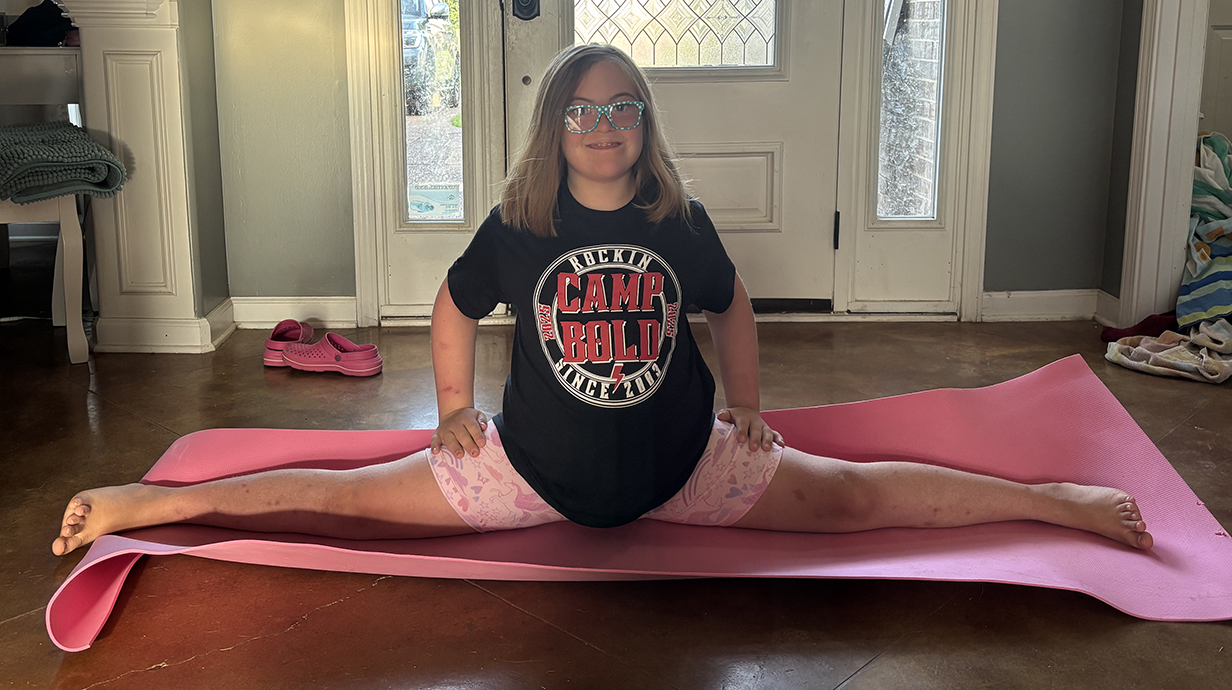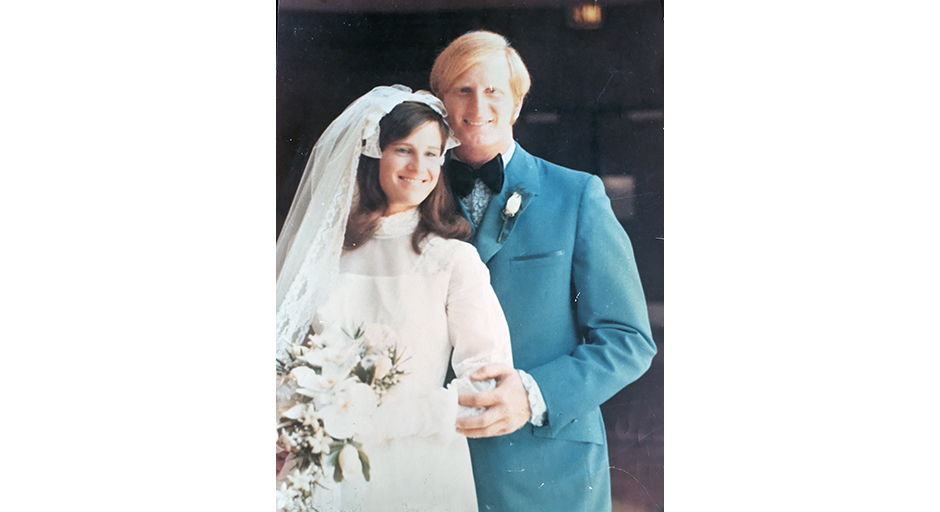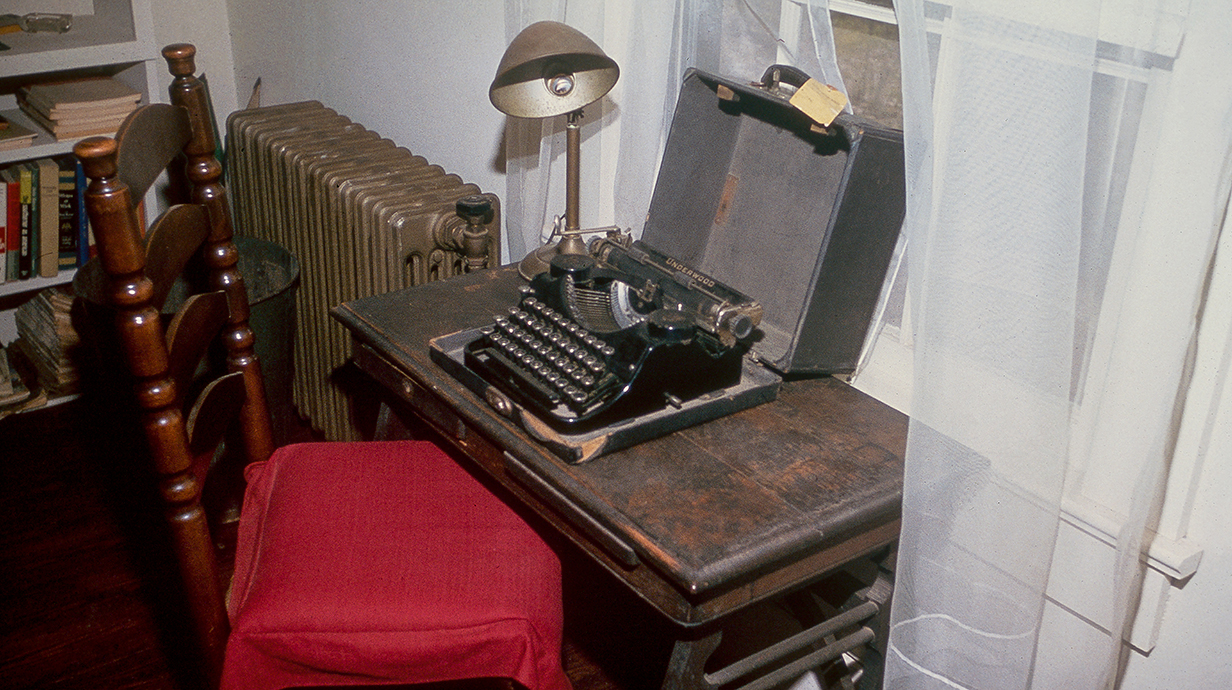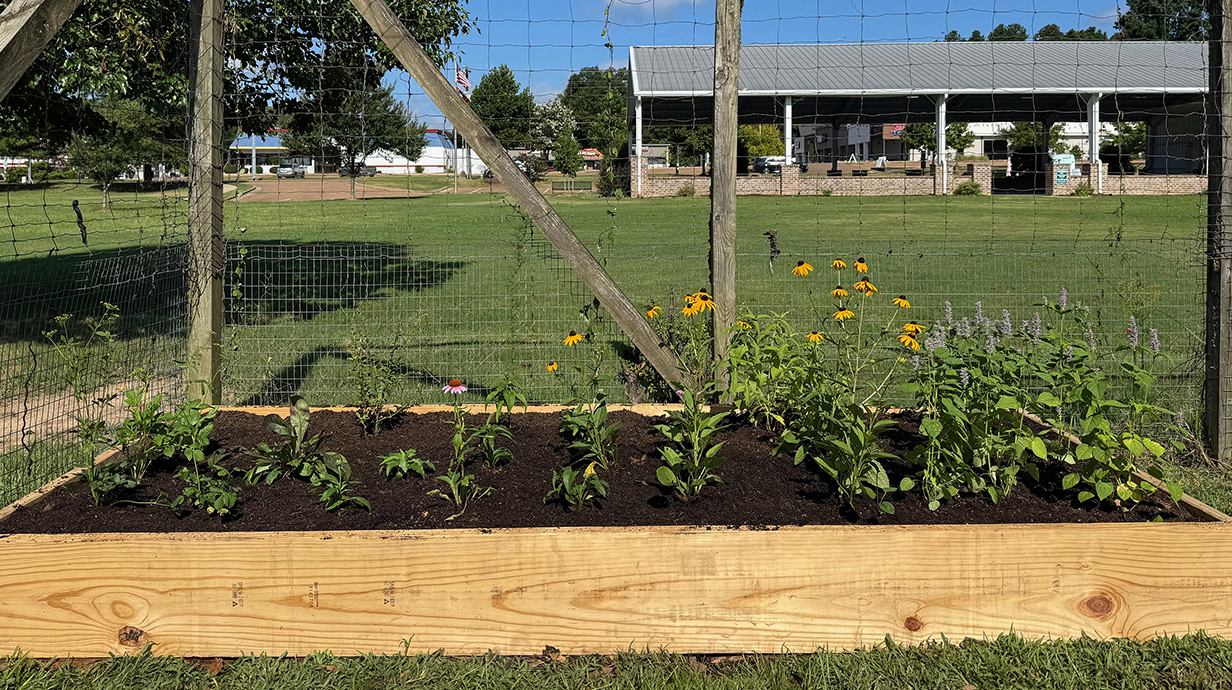Ole Miss Staff Residencies Empower Passion Projects
Program sparks creativity and innovation; showcase set for Sept. 9
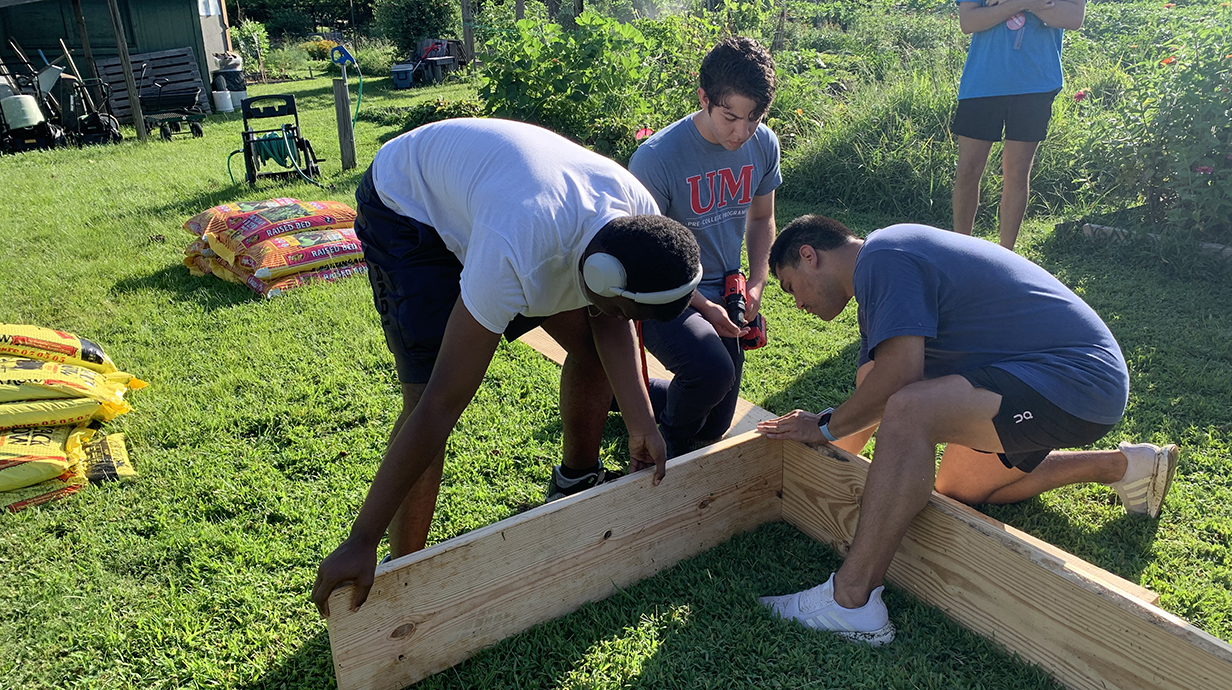
OXFORD, Miss. – This summer, 21 staff members took time off from their usual jobs at the University of Mississippi to dive into some personal passion projects.
They all had support from the Staff Creative Residency program, launched in 2022 by the Mississippi Lab with funding from the Office of the Provost. The program offers a $500 stipend and five days of paid creative time so recipients can complete a project of their choice.
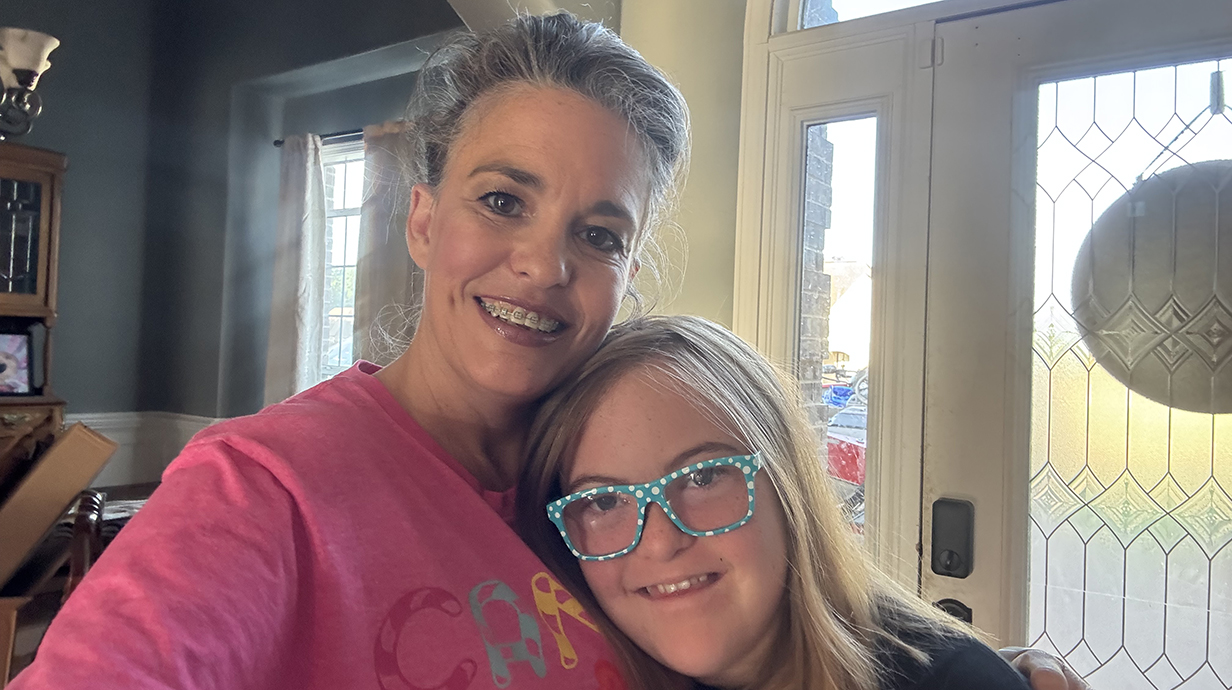
Jenny Joyner (left) and her daughter Claire spend time together at home, where Joyner has been training as a yoga instructor. Submitted photo
Successful summer recipients can apply for $300 winter stipends and three days of paid creative time.
Jenny Joyner, admissions counselor at the University of Mississippi at DeSoto Center-Southaven, used her residency to train as a yoga instructor. She decided to get serious about yoga both to prepare her body for an upcoming kidney donation surgery and to benefit her 12-year-old daughter, Claire, who has Down syndrome.
Joyner wants to help create an inclusive space for Claire in sports. Watching her youngest, Kate, thrive in gymnastics, tumbling and volleyball highlighted how different those environments are for Claire.
"When Claire was younger, she enjoyed doing Cosmic Kids Yoga, so I knew she already had a natural interest in the practice – it just hadn't been part of our routine in recent years," Joyner said. "I've experienced the physical and mental benefits of yoga myself, and it felt like the perfect fit for Claire and others like her – an inclusive, calming space where movement, mindfulness and connection come together."
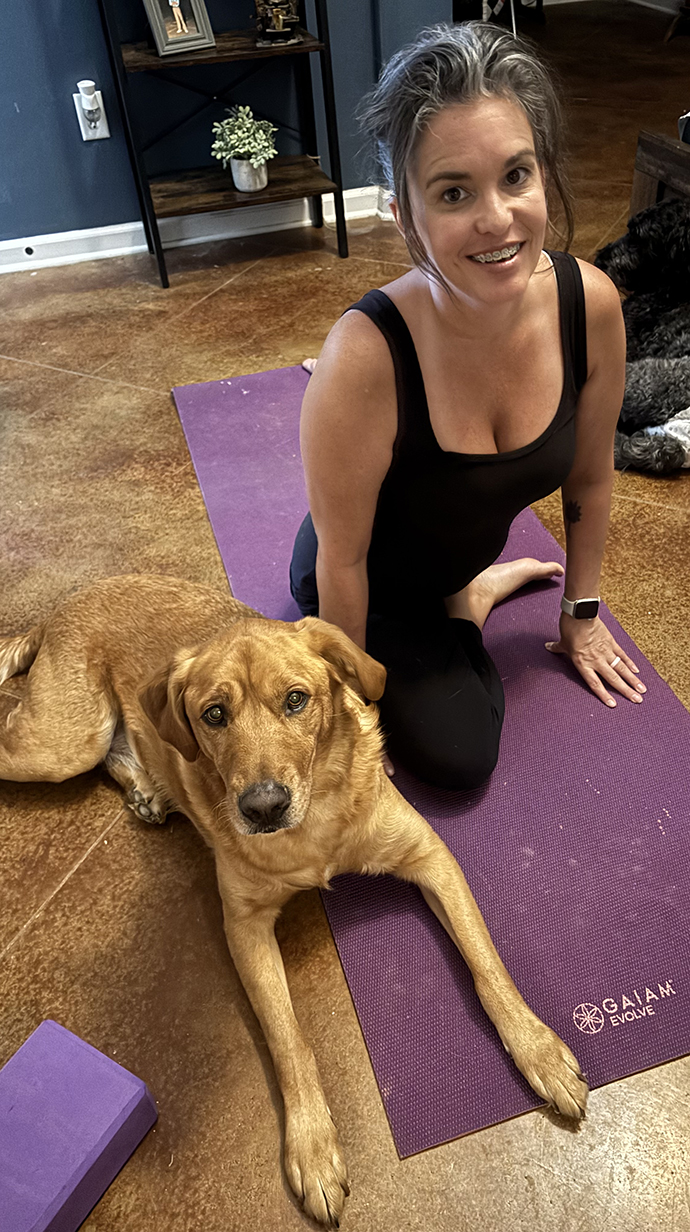
Jenny Joyner is halfway through her YogaFit teacher training and is preparing to be a living kidney donor. Submitted photo
Yoga provides an ideal way for Claire to incorporate physical activity, her mom said.
Joyner also is working to strengthen her body as she prepares to be a living kidney donor in a few weeks.
"My doctors encouraged me to adopt healthier habits, and yoga – along with strength training and better nutrition – has played a huge role in preparing my body for surgery and setting the stage for recovery," she said.
Yoga has been shown to improve the body's response to stress, including cortisol and inflammatory cytokine levels, heart rate variability and the release of neurotransmitters, such as GABA, according to Stanford Lifestyle Medicine.
"Beyond the physical benefits, I hope yoga helps foster a sense of belonging and community," Joyner said. "My goal is to create an inclusive space where participants can connect with their peers, build friendships and feel genuinely supported."
Joyner is halfway through her YogaFit Teacher Training 100 course. Once she completes it, she plans to take specialized courses focusing on yoga for ADD and the autism spectrum so she can better design inclusive classes for individuals with special needs.
Shannon Sharp, senior evaluation associate at the university's Center for Research Evaluation, used her week of productivity to work on a multimedia family oral history project, which will produce a book.
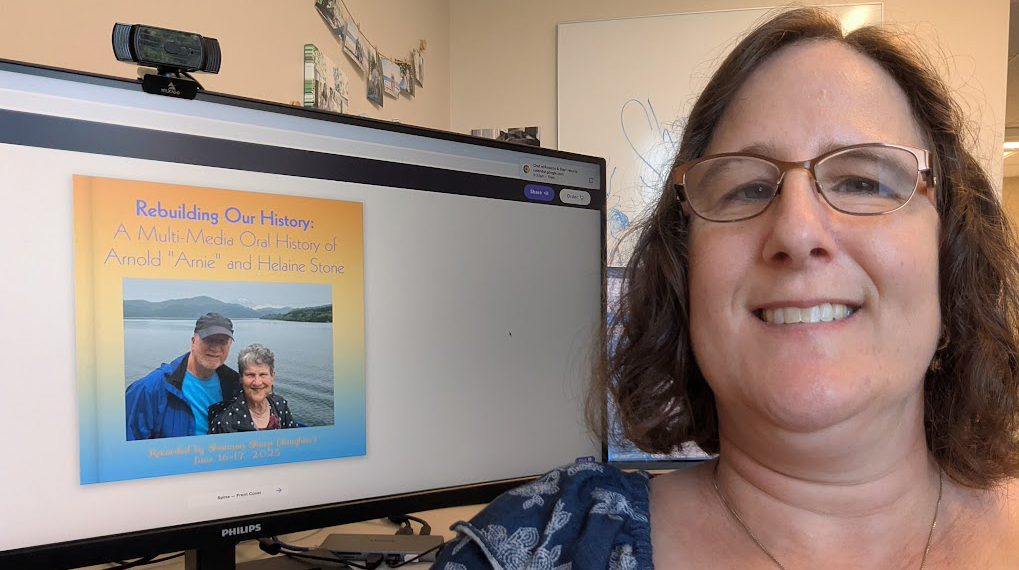
Shannon Sharp shows off the completed cover design for her family history book, which she compiled during her Staff Creative Residency. Submitted photo
Working with her parents on the project was a great bonding experience for everyone, she said.
"We're a close family and tell stories all the time, but I learned something new in each one," Sharp said. "I also got emotional thinking about my kids watching these videos and learning more about their grandparents, with whom they have a very close relationship.
"I was also pleased to find out that my parents enjoyed watching their own and each other's videos."
Sharp began by recording interviews with her parents, using 10 themes they selected to guide their storytelling. These themes included a mix of Sharp's personal curiosities, suggestions from online resources and prompts her parents created themselves.
She used artificial intelligence to transcribe all the videos and generate 300- to 350-word summaries for each one. The summaries, along with relevant photos, will go in the book, with instructions on how to access the full transcripts and videos, which will be available on physical media and online storage.
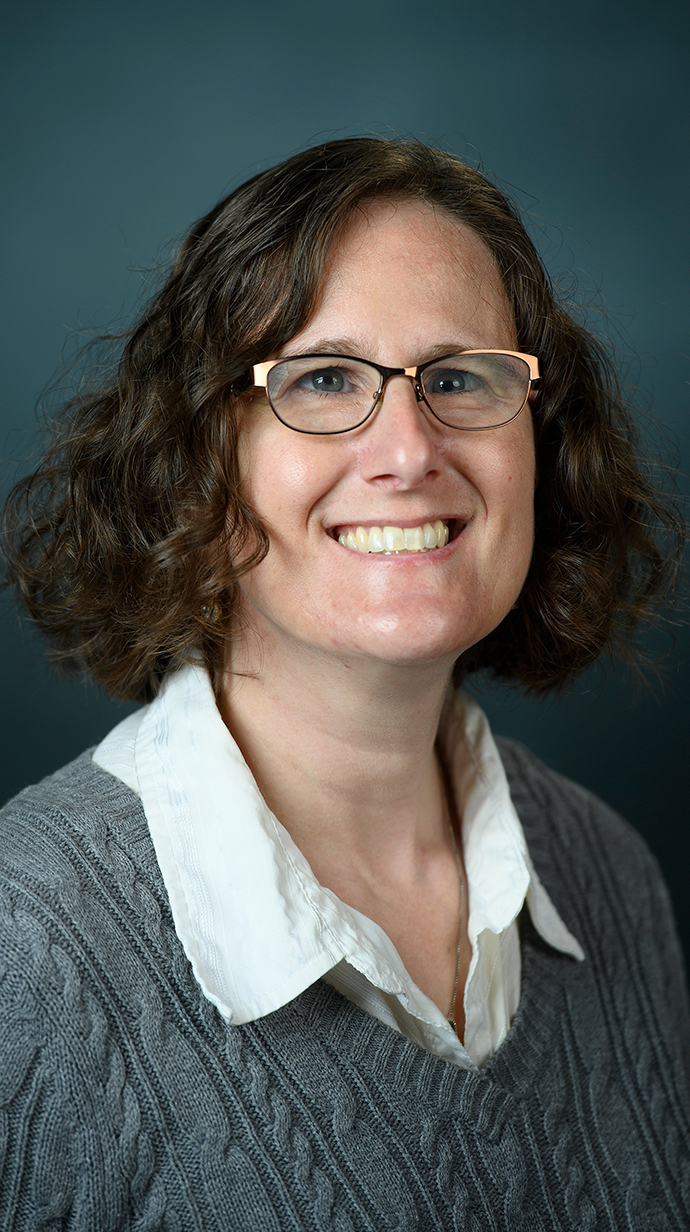
Oral histories provide a powerful way to pass experiences and memories from generation to generation, Sharp said.
"I decided to gather stories from my parents using this method as a way of documenting their experiences and starting a family history from scratch," she said. "We know very little about previous generations' history due to information purges during the Holocaust, so this is an attempt to begin documenting our family history beginning with my parents and some memories they have of their parents and grandparents."
Stella Connell, manager of marketing and communications and adjunct instructor of marketing in the School of Business Administration, used her time to work on organizing and cataloging photographs taken by her late father who died in 1982.
Bill Connell was a pioneering portrait photographer who began using natural light for portraits in the late 1960s, an uncommon approach when most portraits were shot indoors in studios. He also was known for documentary photography, particularly of William Faulkner's home, Rowan Oak, and scenes from the Mississippi Delta.
Stella Connell remembers going to Rowan Oak with her father and taking photos of her own.
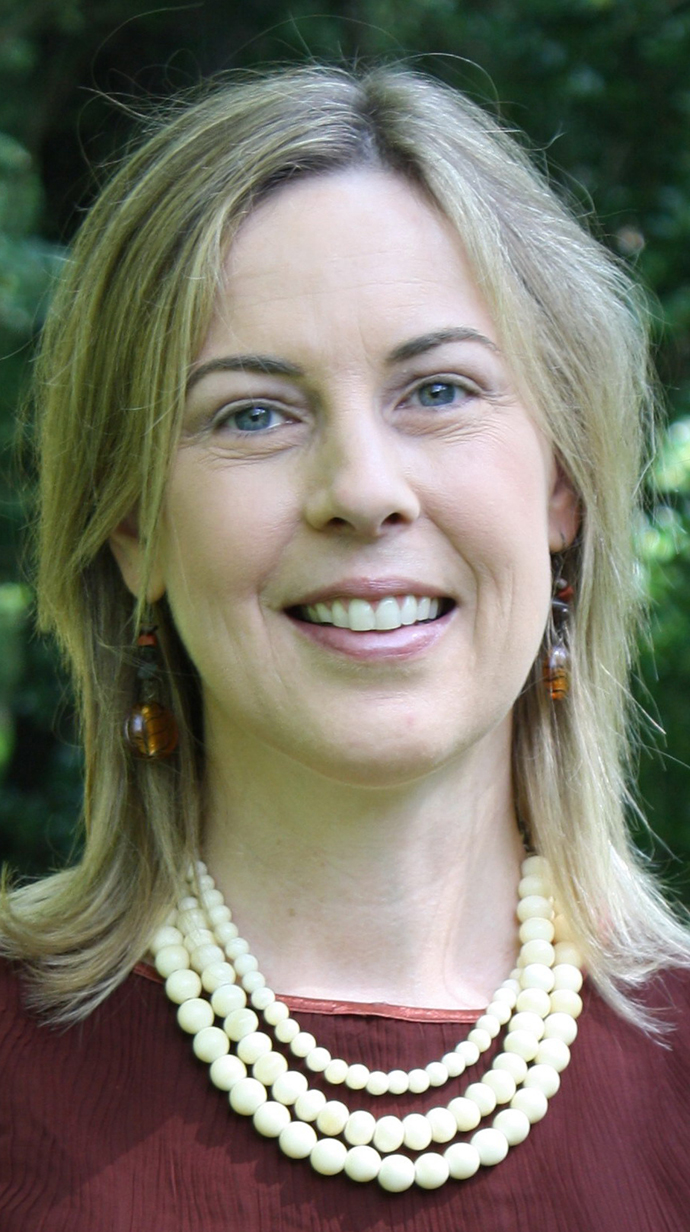
"It's been really fun and enjoyable for me to go back and look at these things through the perspective of a grown-up," she said. "Typically, we don't have a lot of time to go do something like this. This residency has provided me with the time, the incentive and the motivation."
Connell has selected some 30 images for an exhibition at Southside Gallery on Jan. 6, 2026. The photos will be available to view and purchase.
"We focused on the aesthetics of the photographs and considered what might be interesting to people," she said. "Wil Cook, the owner of Southside Gallery, seemed drawn to the exterior shots, especially the front gates and entryways, like a visual invitation to come into the house.
"I was more interested in the inside, particularly those intimate, single spots, like the books next to Estelle Faulkner's bed. I thought those photos were really cool and kind of spooky, but very compelling."
Connell donated 14 images to the Department of Archives and Special Collections at the J.D. Williams Library. These photos reflect her father's "credibility and notoriety" as a portrait and documentary photographer, she said.
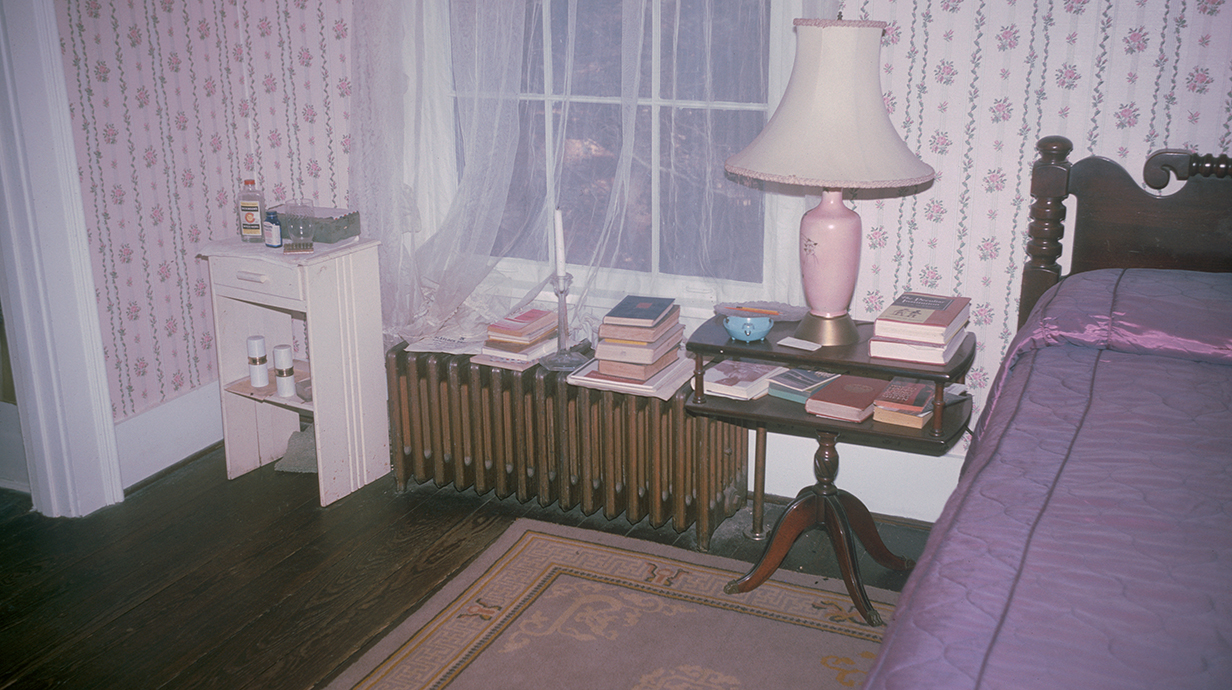
A selection of books is still stacked on a bedside table in Estelle Faulkner's bedroom at Rowan Oak in this photograph by Bill Connell from December 1974. The image is among the photos by Connell that his daughter Stella cataloged as part of her Staff Creative Residency. Submitted photo
"I think there will be a sense of nostalgia for people who knew him, especially those who never had the chance to get one of his photographs," she said. "Maybe it was something they planned to do for the next Christmas, or something they meant to follow through on but never did.
"This project feels like a way for me to give them that opportunity now."
Jared Ramos, success coach in the Office of Pre-College Programs, has been concerned about the decline of honeybees for many years and decided that establishing a pollinator garden would be an effective way to help stem the decline locally.
"When I was in grad school at Emory University, I learned about the 'rewilding' movement that was happening at the Knepp Estate in Sussex," he said. "Rewilding is a form of land management that focuses on native flora and large grazing species as catalysts of ecological restoration."
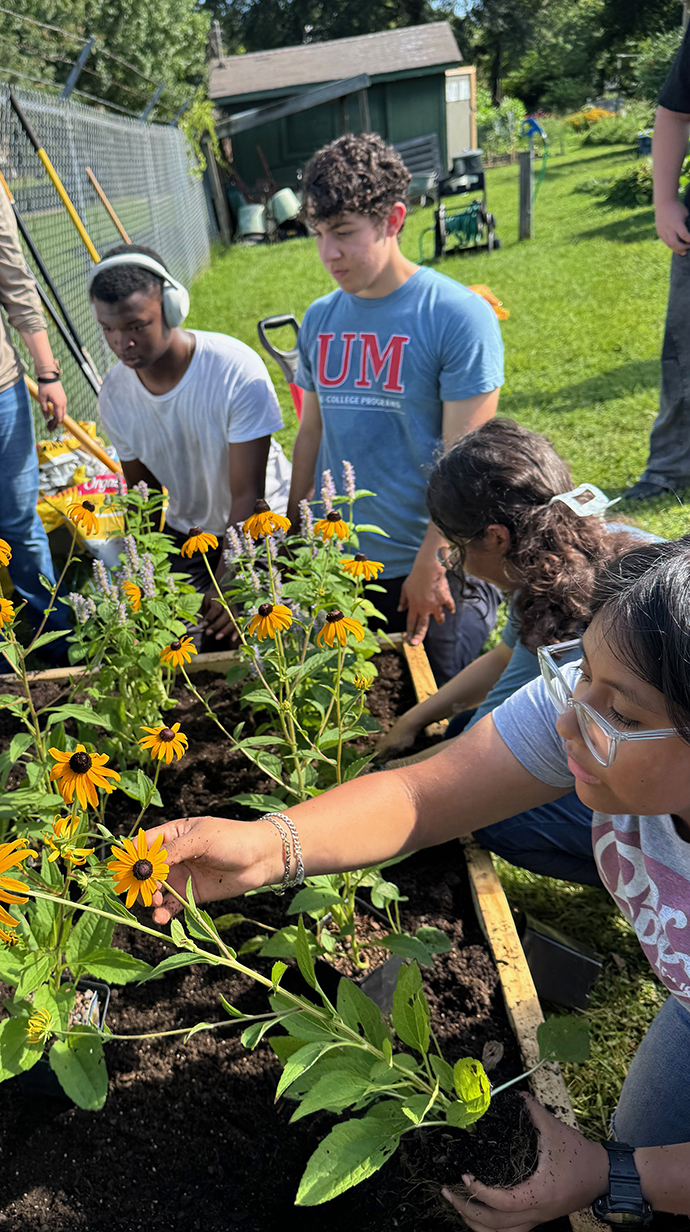
Ramos began with plots at his Oxford home and at the Oxford Community Garden. He started small with vegetables and herbs, then moved on to flowers and began thinking about how to incorporate native plants into his gardens.
The goal is to show people that every native plant has beauty and purpose, including those commonly thought of as weeds or merely roadside species he said.
The residency program gave Ramos an opportunity to expand on what he loves most.
"I was able to include some high school students participating in our Summer College Programs," he said. "The students joined me at the community garden on a Saturday morning in July and helped with constructing the raised bed; filling it with leaf mold, compost and soil; planting the native plants; and watering."
Some of the students had never planted vegetables or flowers, Ramos said.
"Afterward, they shared how much fun they had digging around in the soil and using their morning to do something for the community," he said.
Ramos hopes the pollinator garden at the Oxford Community Garden will inspire others.
"I wanted the garden to benefit other people's gardens and be in a place where others could see it and be inspired," he said.
Staff members who completed residencies this summer will show off their results at a fall showcase, set for 4-5 p.m. Sept. 9 in the banquet room of the Paul B. Johnson Commons. The event is free and open to the public.
Top: Jared Ramos (right), a success coach in the university's Office of Pre-College Programs, helps students build a raised bed for his pollinator garden at the Oxford Community Garden. Ramos used a Staff Creative Residency to establish pollinator gardens to combat honeybee decline in the area. Submitted photo
See more photos from this summer's Staff Creative Residencies

